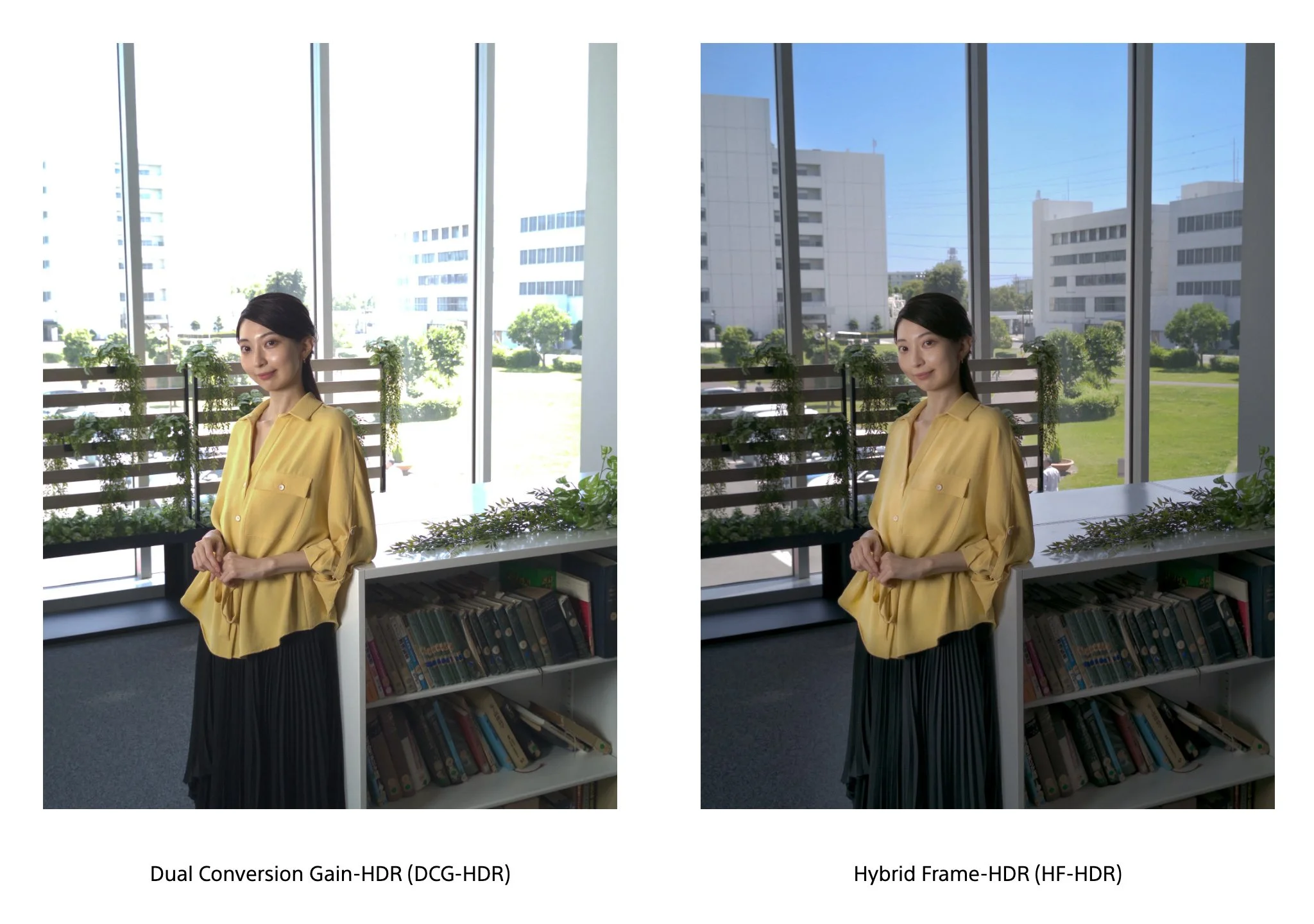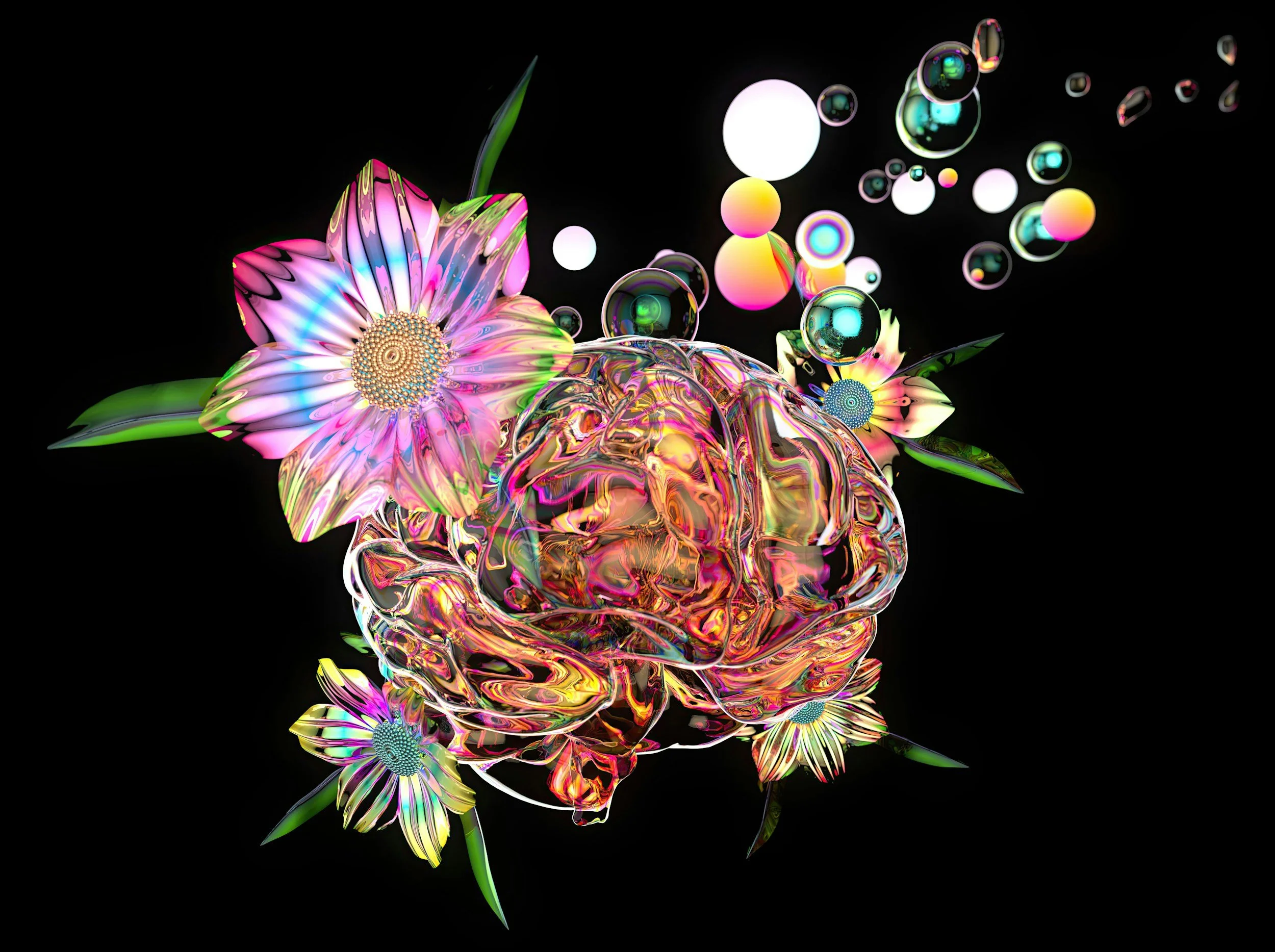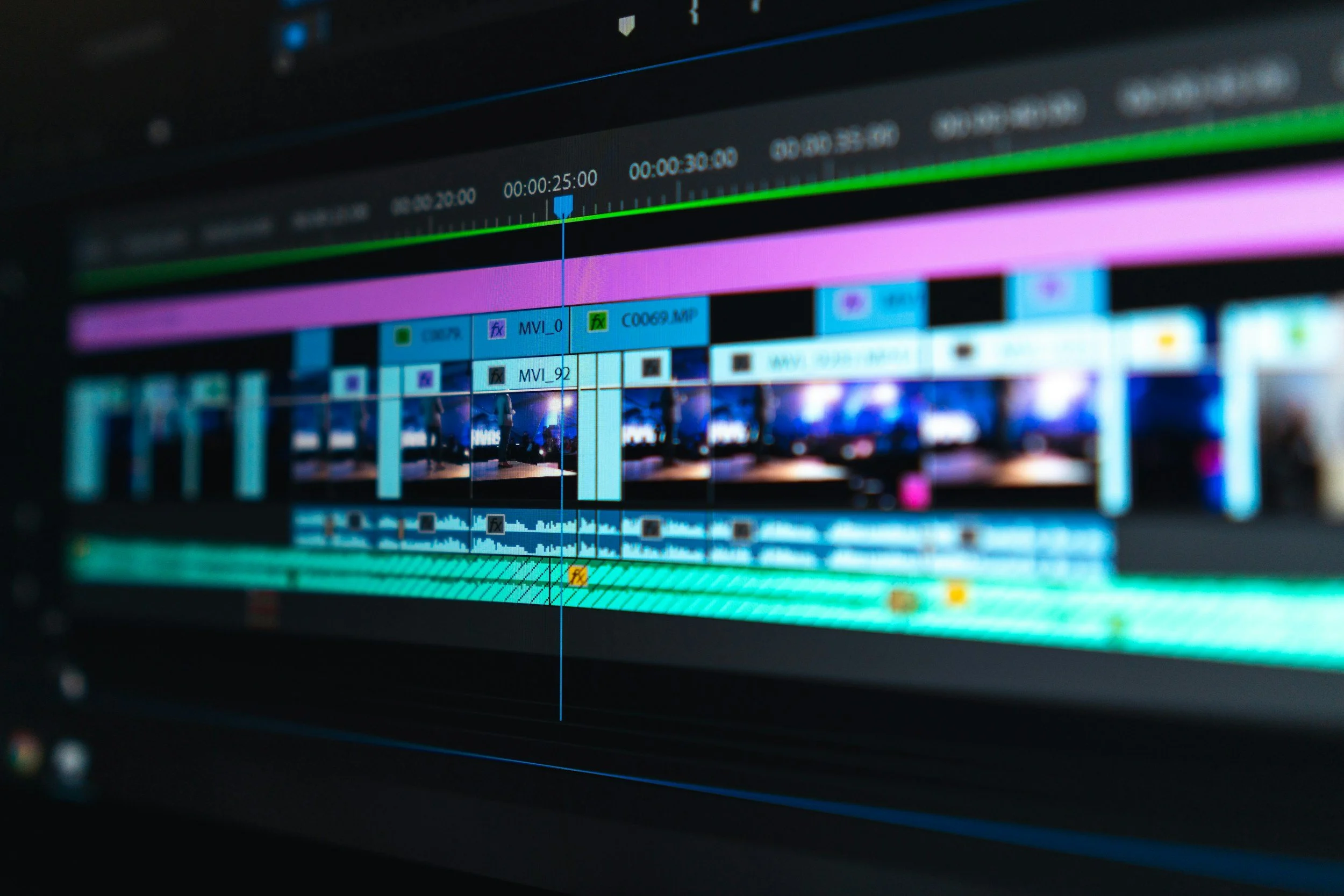Christie’s AI Art Auction Estimated to Fetch Up to US$2.5 Million
Image Credit: Claire Silver
Leading international auction house Christie’s is set to hold its first-ever AI-focused art auction.
Christie’s, founded in 1766, is one of the most prestigious international art auction houses. Its upcoming Augmented Intelligence auction is being hailed as a watershed moment for the commercial acceptance of AI-generated art. Scheduled for February 20, 2025, in New York, the auction features 20 AI-driven artworks, with price estimates ranging from US$10,000 to US$250,000. Notable participating artists include AI-art pioneer Refik Anadol and the late Harold Cohen, who was among the first to explore AI’s role in artistic creation.
However, the event has ignited controversy, with thousands of artists accusing Christie’s of legitimizing AI-generated works built upon unauthorized use of copyrighted material.
[Read More: From Darkrooms to Algorithms: The Evolving Canvas of Art in the AI Era]
Artists Push Back Against AI-Created Works
A petition opposing the auction has gained widespread support, collecting 4,110 verified signatures between February 8 and February 12. The petition argues that AI models used in many of the artworks being auctioned were trained on copyrighted material without the consent of original artists. Critics argue that the unchecked use of AI in art-making processes enables commercial exploitation of artists without due compensation or acknowledgment.
“Many of the artworks you plan to auction were created using AI models that are known to be trained on copyrighted work without a licence”, the petition states. “These models, and the companies behind them, exploit human artists, using their work without permission or payment to build commercial AI products that compete with them”.
The criticism reflects broader anxieties within the art community regarding AI’s role in the creative process. Many artists fear that AI-generated art, when based on data scraped from copyrighted works, undermines traditional artistic labour and devalues the human touch that has long defined the art world.
[Read More: Top 10 AI Art Highlights of 2024: Transforming Creativity and Culture Globally]
Screenshot from Open Letter
Christie’s and AI Artists Respond to Backlash
Christie’s has responded to the allegations by asserting that, in most cases, the AI models used in the auction were trained on each artist’s own input, rather than on copyrighted works created by others. This claim suggests that the auction house is attempting to mitigate concerns about intellectual property theft while still championing AI’s role in artistic innovation.
Meanwhile, artists whose works are included in the auction have also pushed back against the criticism. Refik Anadol, known for his AI-driven immersive installations, dismissed the backlash as “doomsday hysteria” on social media platform X. He and other AI artists argue that the opposition unfairly conflates legitimate artistic exploration with broader concerns about unethical AI practices.
Artist Mat Dryhurst, another participant in the auction, defended the event by emphasizing that the artworks themselves explore the very nature of public imagery and digital accessibility. “It is not illegal to use any model to create artwork”, Dryhurst stated. “I resent that an important debate that should be focused on companies and state policy is being focused on artists grappling with the technology of our time”.
[Read More: The First AI Artworks Sold at $432,500!]
AI Art’s Commercialization and Its Broader Implications
The auction represents a significant moment in the evolution of AI art, marking its entry into mainstream commercial art markets. Christie’s involvement lends credibility to AI-generated artworks, signaling growing acceptance within the traditional art world. If successful, this auction could pave the way for AI-generated works to become more commonplace in high-end art transactions.
However, the ethical dilemmas surrounding AI’s role in art creation remain unresolved. Key concerns include:
Intellectual Property Issues: AI models trained on vast datasets often pull from copyrighted works without permission, raising legal and ethical questions about ownership and authorship.
Economic Impact on Human Artists: As AI-generated art gains traction, traditional artists worry about losing commissions, recognition, and livelihood opportunities.
Transparency and Disclosure: Critics argue that auction houses and AI artists must provide more transparency regarding how AI models are trained and whether they involve unauthorized use of existing works.
On the other hand, proponents of AI art highlight several advantages:
Democratization of Art: AI can make artistic creation more accessible to those who lack traditional training, allowing new voices to emerge.
New Creative Possibilities: AI-assisted tools enable innovative techniques and forms of expression that would be difficult or impossible to achieve manually.
Hybrid Human-AI Collaboration: Many AI artists see their work as a fusion of human creativity and computational power, rather than a replacement of traditional artistic methods.
[Read More: Botto AI Artist Earns US$351,600 at Sotheby’s: A New Milestone for AI in Art]
The Future of AI in Art
As the debate over AI-generated art's legitimacy and ethical implications continues, developing specialized AI art programs that eliminate intellectual property concerns is crucial. By ensuring that AI models are trained solely on an artist’s previous creations and maintaining a high level of transparency, AI-generated art can evolve in a way that benefits both creators and the industry.
For now, the auction is set to proceed as planned, but the controversy surrounding it highlights the urgent need for ethical guidelines and responsible AI development. A structured approach—one that fosters innovation while safeguarding artistic integrity—can help AI-generated art contribute positively to economic growth and creative industries. Establishing clear regulations and ethical standards will be key to ensuring that AI remains a tool for artistic expansion rather than exploitation.
[Read More: AI Image Generation in 2024: A Year of Refinement Amidst the Rise of Video Generation]
Source: Christie’s, ArtsHub, Open Letter















